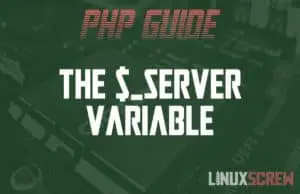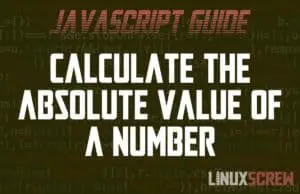Home » 2021
Snowflake/Muon: the Best GUI SSH Connection Manager on Linux
Secure, powerful remote access is one of the cornerstones of Linux’s functionality. The SSH protocol powers this, and Snowflake/Muon is an excellent tool for managing SSH connections. The flexibility and security of SSH are part of why Linux is so popular as a server OS. This article is part-introduction to SSH and part-review of the Snowflake (now known as Muon, but still referred to as Snowflake in many places). I’ve been using it for a while, and the project deserves attention! What is SSH? SSH is a secure network protocol. … Read more



![JavaScript: Remove the First/Last Character from a String [Examples] 4 How to Remove First/Last Characters from String in JavaScript](https://cd.linuxscrew.com/wp-content/uploads/2021/11/how-to-remove-the-first-or-last-character-from-a-string-javascript-300x194.jpg)
![PHP_SELF - What It Is, and Why It's Too Dangerous to Use [WARNING] 5 PHP_SELF](https://cd.linuxscrew.com/wp-content/uploads/2021/11/php_self-300x194.jpg)


![How to Update/Upgrade Python in Linux [Ubuntu/RedHat] 8 Update/Upgrade Python in Linux](https://cd.linuxscrew.com/wp-content/uploads/2021/11/update-python-300x194.jpg)


